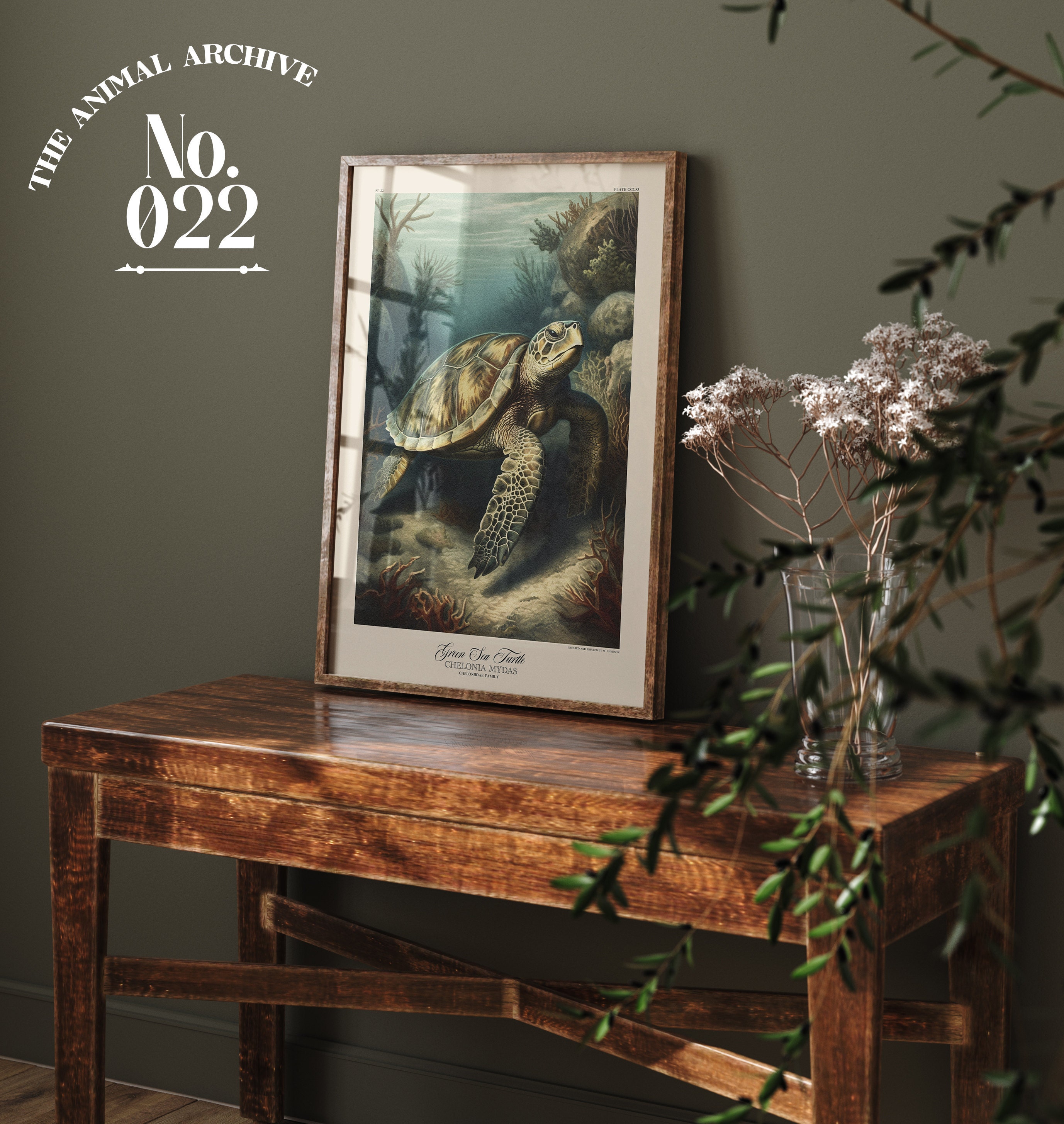In a dance of hues and theories spun,
Darwin and artists became as one.
Where science met the painter's gaze,
They waltzed through evolution's maze.
Once upon a time, when top hats were all the rage and petticoats swished through the streets, art and science were the best of friends. Can you imagine a world where painters marvelled at rock formations and geneticists pondered over the colour palettes of Van Gogh? Welcome to the 19th century!
"Endless Forms," a captivating exhibit at the Yale Center for British Art and later, the Fitzwilliam Museum, unveils the intimate dance between Charles Darwin, the father of evolution, and the artists of his era.
Forget the sombre Darwin from your textbooks; our man was dabbling in watercolours in South America and collaborating with artists to visualise his groundbreaking theories, oh! He might even have met the legendary John James Audubon as a teen.
But, did you know? Darwin’s iconic "On the Origin of Species" had just one illustration! However, his lesser-known books were a riot of engravings from puffed-up birds to prehistoric sloths.
But Darwin wasn't just collecting art for the gram! He was on a mission. Duchenne's electrically distorted faces became Darwin's evidence for human expressions being reflexes. The vibrant feathers of a pheasant? Darwin believed it was all about the dating game in the animal kingdom.
And artists, smitten with Darwin's world, transformed their canvases. Sentimental sunsets made way for stark portrayals of survival. Abbott Handerson Thayer even cheekily hid a peacock in a forest to challenge Darwin’s ideas about flamboyant animal mating displays.
Sure, not every artwork in "Endless Forms" screams Darwin. Some connections are like that friend who claims to know a celebrity via six degrees of separation. But the exhibit is more than a mere art show—it's a window into a world where science and art flirted openly, challenging and inspiring each other.
So, was it all Darwin who changed our perspective? Maybe. Or perhaps it was a collective shift, a new lens to view the world.
Either way, let's toast to a time when the heartbeats of art and science synchronised in a beautiful waltz.
